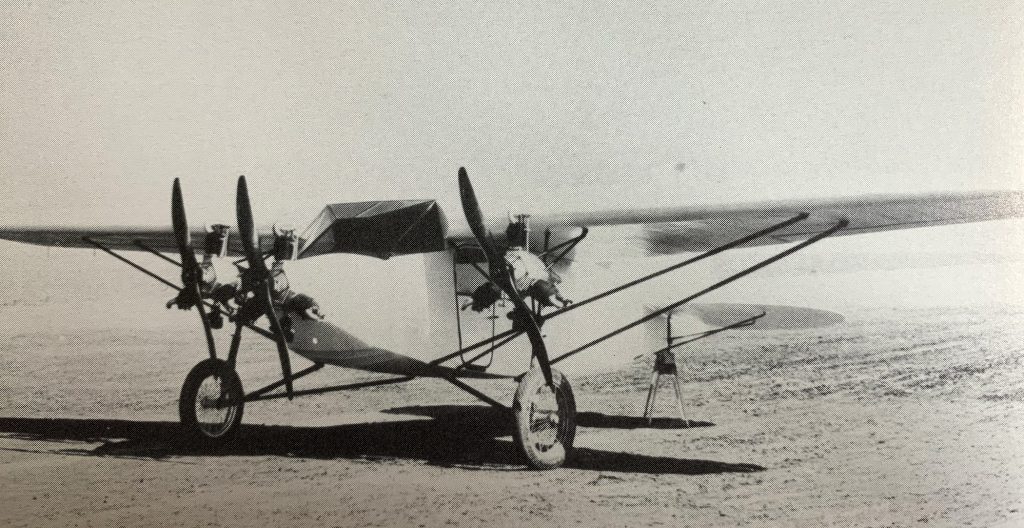Flying a tiny trimotor seems child’s play. Clearly, construction of such an aircraft proved a serious focus for William F. Crawford.
Some Trimotor History
For many years, the trimotor airplane reigned as queen of the airways. Passengers viewed it as the epitome of safety and reliability in the air. A British seaplane became the first trimotor. Built in 1916, it served to attack German warships during WWI. The Stout Metal Airplane Division of the Ford Motor Company built the first American trimotor in 1926. Without a doubt, designer William Bushnell Stout excelled in creating metal aircraft.
Nevertheless, the trimotor fell from its illustrious position. with the advent of more modern twins. These included the Boeing 247, the Lockheed Electra, and the Douglas DC2.
The Tiny Trimotor
In 1928, William F. Crawford built a tiny trimotor called the Crawford Sport. Construction took place at the Crawford Motor & Plane Manufacturing Company in Seal Beach, California. Just over six feet tall, and 20 feet long, the Sport became the smallest trimotor ever built. Its thick cantilever wing spanned approximately 35 feet.
Listed as a two-to-four place, the occupants sat enclosed well up front. The little three-cylinder Anzani engines each provided 35-hp. Later, three, 40-hp Skekely SR motors powered the Sport. The entire airframe, wing and all, consisted of welded steel tubing covered in fabric. Unlike a relatively standard aircraft, an all-flying horizontal stabilizer became an added innovation. It proved to be a method of pitch control popular at some point. Little information on this interesting milestone in light-airplane development exists. Nevertheless, it seems easy to speculate that each flight in this machine must have pure adventure!

